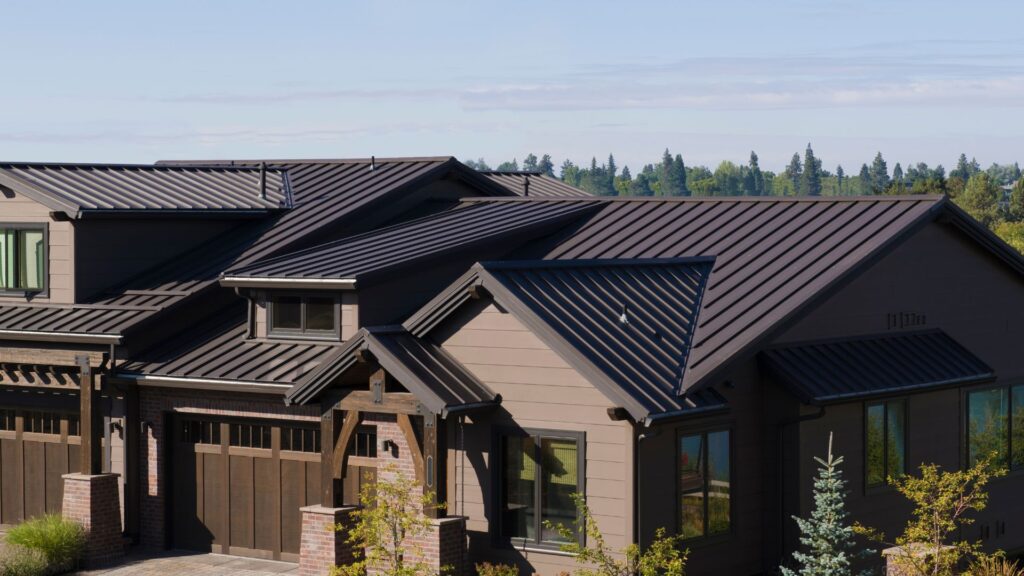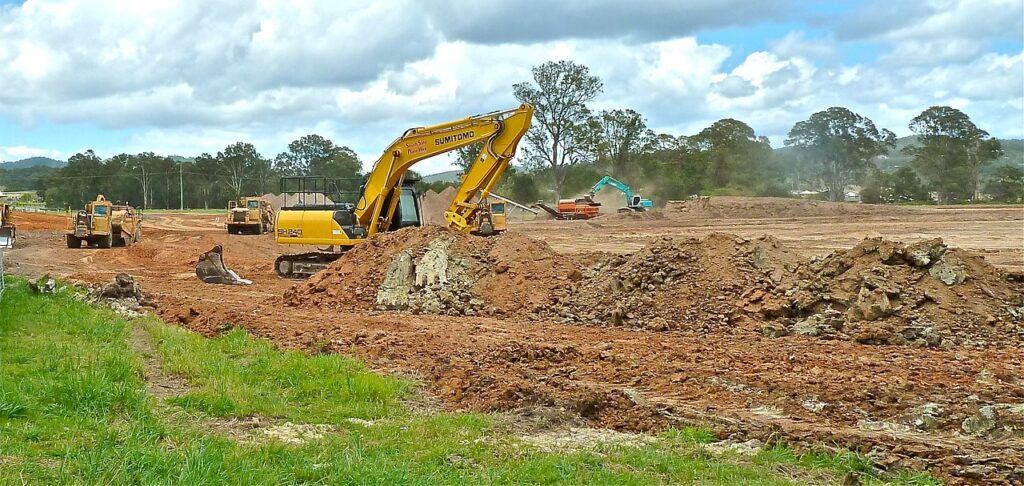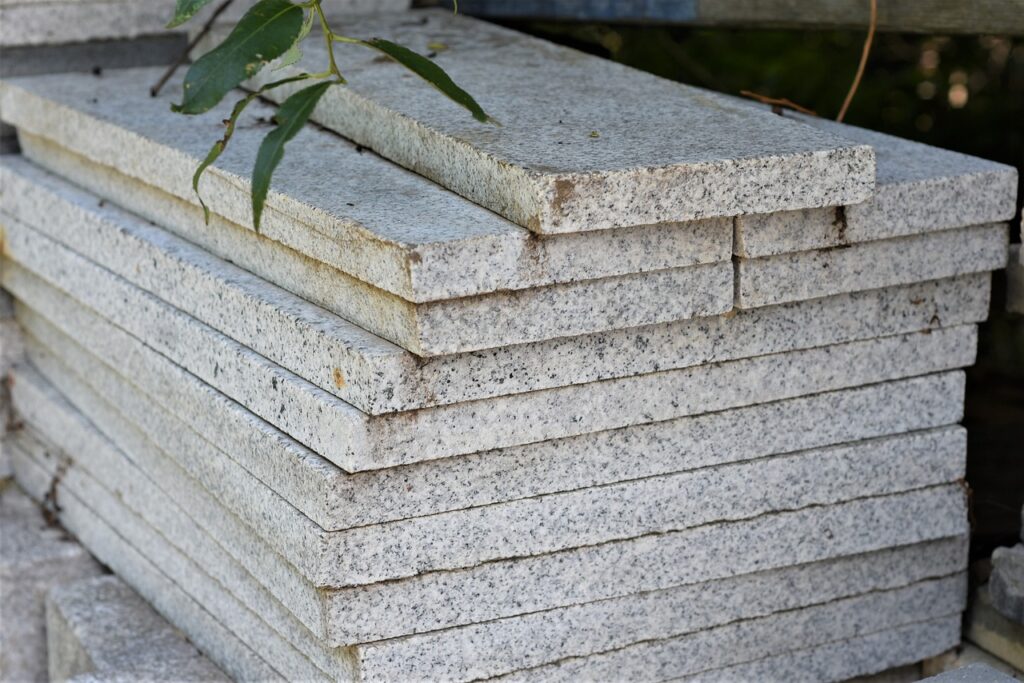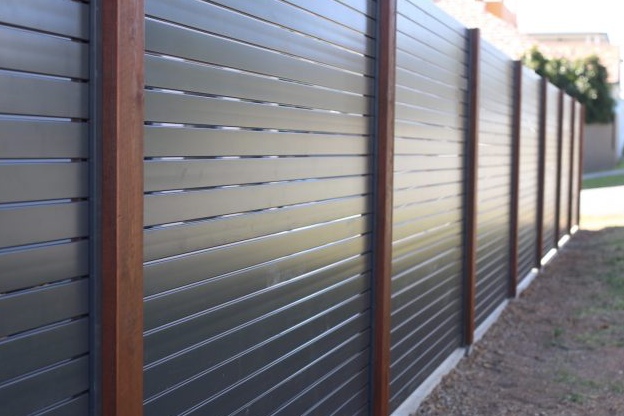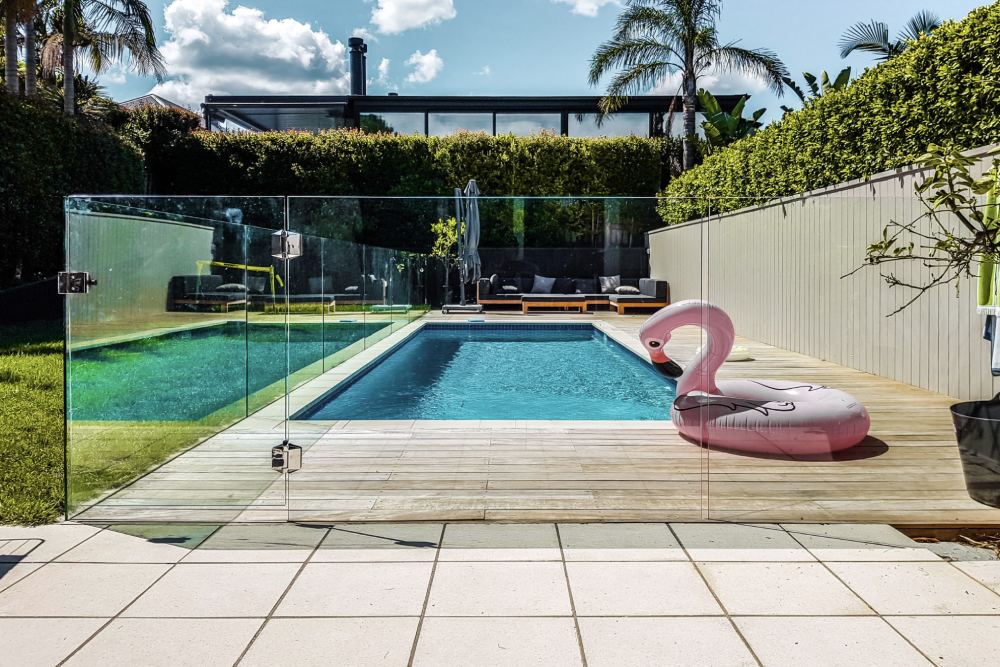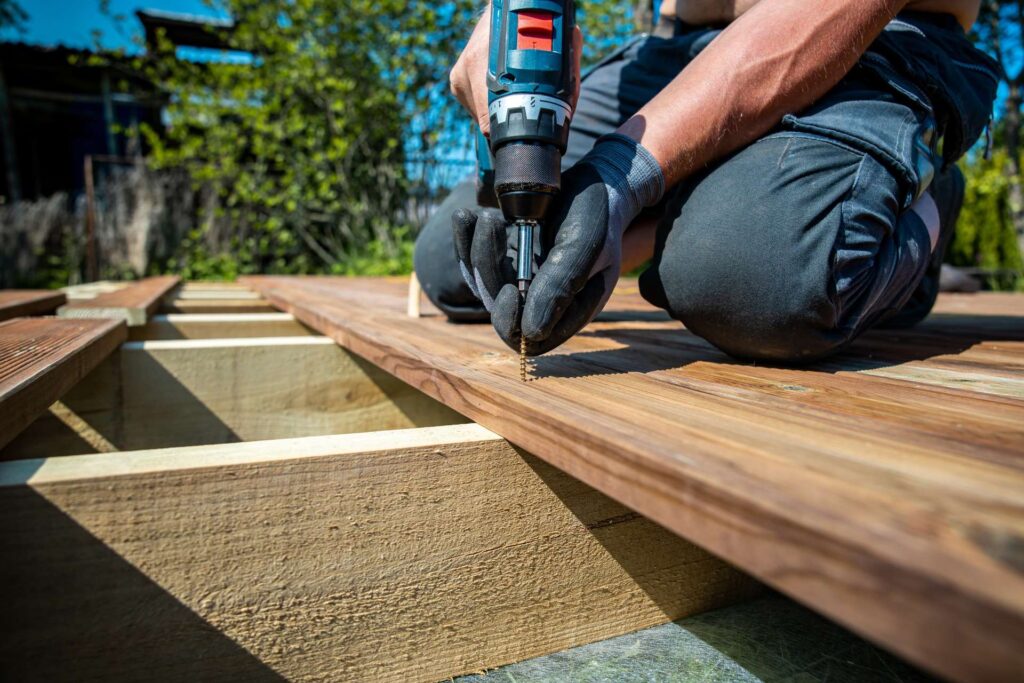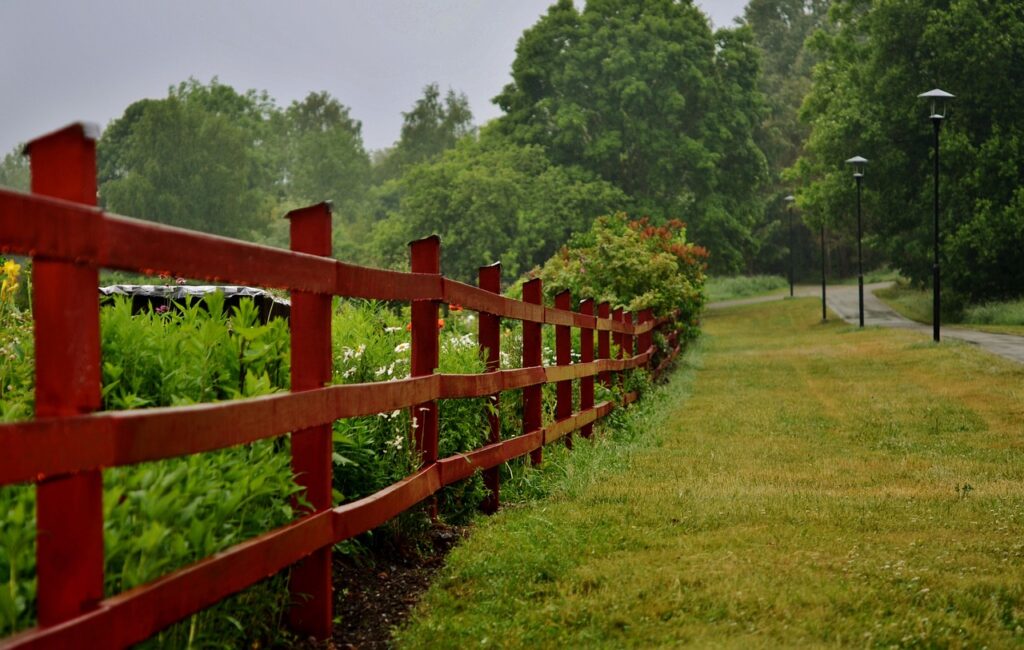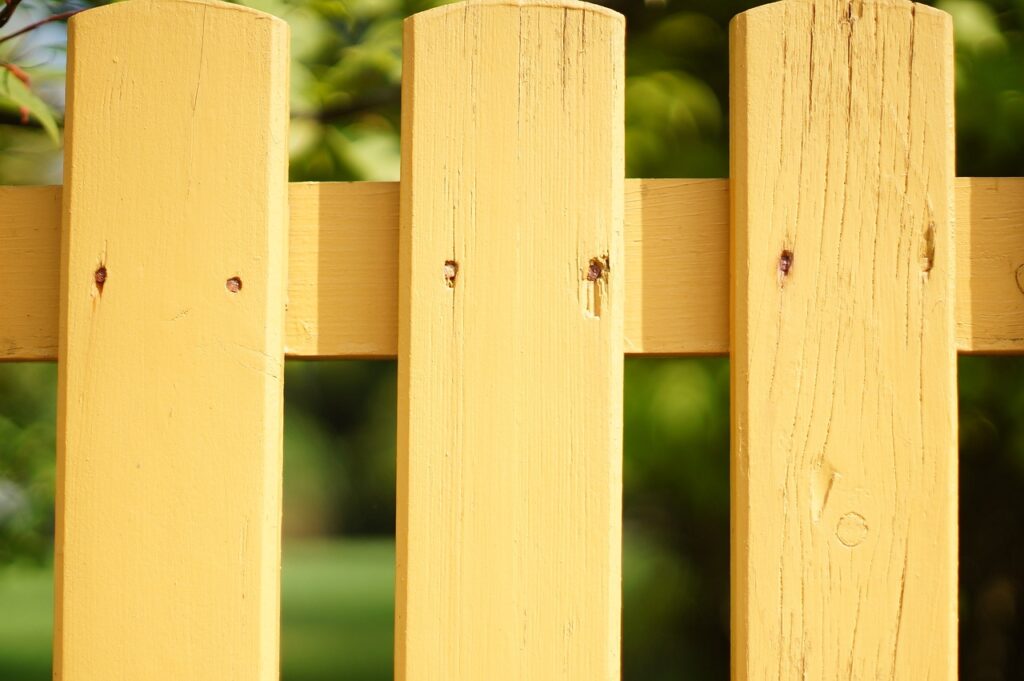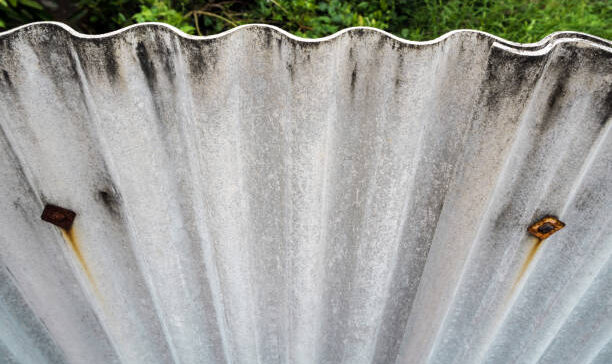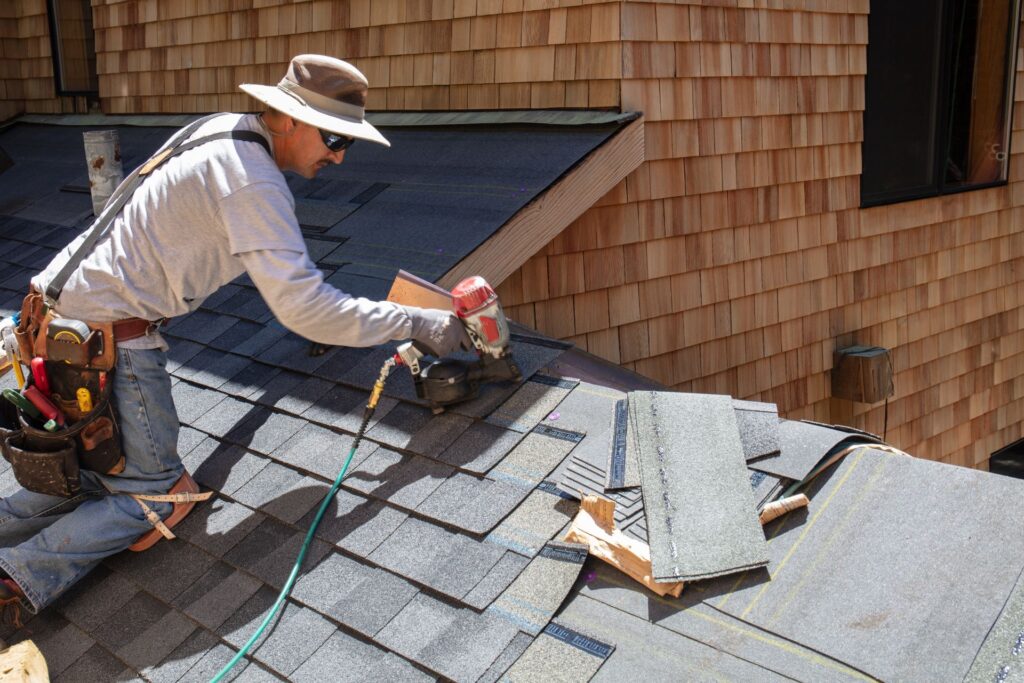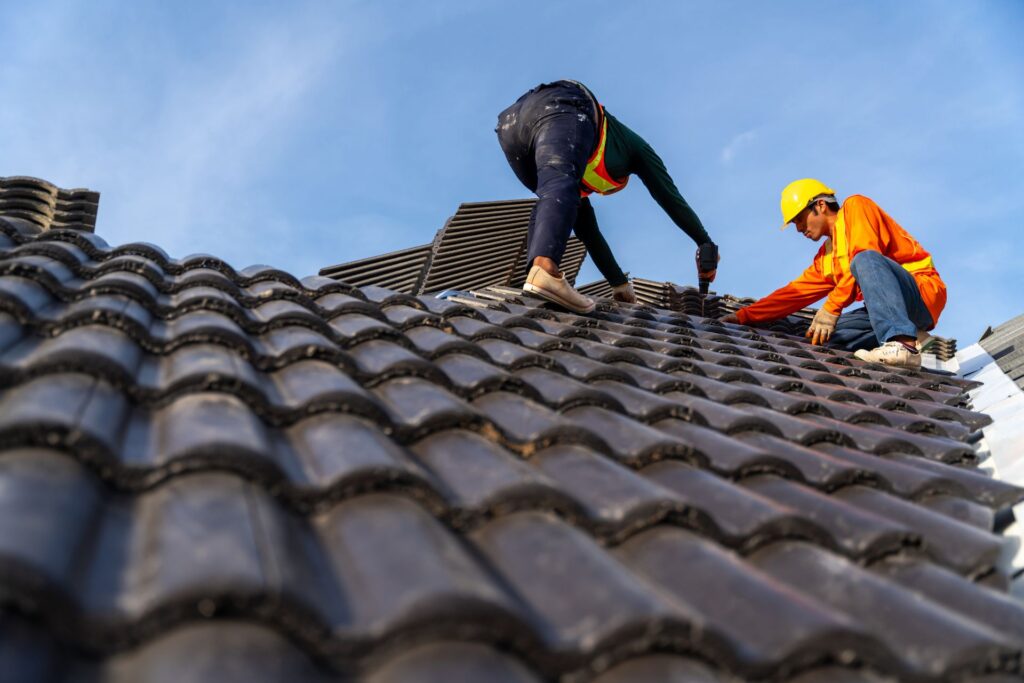Welcome to our comprehensive guide on re-roofing costs in New Zealand, where we’ll walk you through everything you need to know to plan your project with confidence. Whether you’re facing leaks, wear and tear, or simply looking to upgrade your roof, understanding the costs involved is essential before you make any decisions. In this article, we’ll break down the various factors that influence re-roofing costs in NZ, from materials and labor to regional differences, helping you get a clear picture of what to expect and how to budget effectively. Whether you’re a first-time homeowner or looking to invest in a long-term solution, we’ve got you covered with practical tips and insights to make the process as smooth as possible.
On average, re-roofing costs in New Zealand range from $80 to $120 per square meter, depending on the type of roofing material used, the size and complexity of the roof, and the region. Metal roofing is often one of the more affordable options, while materials like concrete or clay tiles tend to be more expensive.
- What Is Re-Roofing And When Do You Need It
- Factors That Affect Re-Roofing Costs In NZ
- Typical Re-Roofing Costs In NZ
- How To Budget For Re-Roofing In NZ
- Re-Roofing Vs. Roof Repairs: When To Opt For Each
- DIY Vs. Hiring A Professional Roofer In NZ
- How To Save On Re-Roofing Costs
- FAQs: About The Re-Roofing Cost NZ
- Conclusion
- Find A Professional Roofing Company Near You!
What Is Re-Roofing And When Do You Need It
What is Re-Roofing
Re-roofing is the process of placing a new layer of shingles over an existing roof. In simpler terms, it involves installing a fresh, protective layer over your current roofing system, without having to remove the old one. This can be a cost-effective option for homeowners whose roofs are showing signs of wear and tear but are not significantly damaged.
Unlike a full roof replacement, which involves stripping off the old roofing material entirely before adding the new one, re-roofing can often be completed more quickly and at a lower cost. However, it’s not always an option, especially if there are multiple layers of shingles already in place or if the existing roof has extensive damage. It’s a straightforward solution when the roof’s structure is still intact, but the surface is worn out.
Signs You Need Re-Roofing
Knowing when to re-roof is crucial for maintaining the health of your home. Here are some key indicators that suggest it’s time for a re-roof:
1. Leaks: If you’re noticing water stains on your ceiling or walls, this is a clear sign that your roof is no longer keeping moisture out effectively. While small leaks may be patched, larger or more frequent leaks often signal the need for a re-roof.
2. Sagging Roof: A sagging roof is a major red flag. It often indicates structural problems, such as water damage to the underlying wood. If your roof is sagging, it’s time to consult a roofing professional right away.
3. Weather Damage: High winds, heavy snow, hail, and storms can wreak havoc on your roof over time. If you’ve experienced severe weather, check for loose or missing shingles, cracks, or visible damage. While some damage can be repaired, widespread issues might necessitate a new roof.
4. Shingle Wear: If your shingles are curling, cracked, or missing granules, they are nearing the end of their lifespan. Old, worn-out shingles can no longer protect your home effectively, making re-roofing a smart option before more significant problems arise.
5. Moss and Algae Growth: While moss and algae might seem like minor cosmetic issues, they can lead to more significant problems by trapping moisture against the roof’s surface. Over time, this can cause deterioration and increase the likelihood of needing a new roof.
The Importance of Timing
Delaying re-roofing can have serious consequences for both your home and your wallet. When you ignore the early signs that your roof needs attention, what could have been a straightforward re-roofing job may escalate into a full roof replacement complete with higher labor and material costs.
Additionally, a compromised roof exposes your home to water damage, mold growth, and structural issues. The longer you wait, the more severe and widespread these problems can become. In the worst cases, neglecting a necessary re-roof can lead to damage to your home’s interior, including insulation, walls, and even personal belongings.
By re-roofing at the right time, you not only extend the life of your roof but also protect the overall integrity of your home. Addressing roofing issues promptly can save you from larger, more expensive repairs down the road and give you peace of mind knowing that your home is secure from the elements.
In summary, re-roofing is a smart solution when your roof is showing signs of aging but hasn’t yet suffered significant damage. By keeping an eye out for leaks, sagging, weather-related damage, shingle wear, and moss or algae growth, you can ensure that your roof remains in good condition. And remember, the timing of re-roofing is key it can help you avoid more extensive repairs and higher costs in the future.

Factors That Affect Re-Roofing Costs In NZ
Re-roofing a home in New Zealand is an investment that varies in cost depending on a range of factors. Homeowners need to be aware of these elements to budget accurately and make informed decisions. In this guide, we’ll break down the key factors that impact the cost of re-roofing, from material choices to regional climate concerns, ensuring you have a comprehensive understanding of what to expect.
Material Costs
One of the primary factors influencing re-roofing costs in New Zealand is the type of roofing material you choose. Each material comes with its price range, aesthetic appeal, and longevity, which are important to consider when planning your project.
- Metal Roofing: Metal roofs are highly popular in NZ due to their durability and resistance to harsh weather conditions. Typically, metal roofing includes materials like steel and aluminum, with Colorsteel being a common choice. Prices generally range from $85 to $120 per square meter. Pros include its longevity (up to 50 years), lightweight nature, and low maintenance requirements. However, it can be more expensive upfront and may require noise insulation, especially during heavy rain.
- Asphalt Shingles: Asphalt shingles are another option, more commonly seen in regions with milder climates. The cost of asphalt shingles ranges between $60 to $100 per square meter. These shingles are cost-effective and easy to install, but they may not last as long as metal or tiles, typically requiring replacement after 20 to 30 years. They can also be more prone to damage from wind and extreme weather.
- Roof Tiles: Roof tiles, often made of concrete or clay, are more expensive, costing between $120 and $180 per square meter. These materials are known for their aesthetic appeal and are a common choice in coastal regions for their resistance to salt corrosion. While tiles are extremely durable and fire-resistant, they are also heavy, requiring strong roof structures and potentially higher labor costs for installation.
Choosing the right material often depends on your specific needs, climate, and budget. While some materials offer cost savings initially, others provide longer-term value through durability and reduced maintenance.
Roof Size and Complexity
The size and complexity of your roof will also significantly affect the overall cost of re-roofing. Larger roofs require more materials and labor, which will drive up expenses. However, it’s not just the size that matters the shape and pitch of the roof are equally important.
- Size: The larger your roof, the more materials you’ll need, and the longer it will take to complete the job. Most roofing contractors calculate costs based on the total square meterage of your roof, meaning that expansive roofs can dramatically increase costs.
- Shape and Pitch: If your roof has a steep pitch or features a complex shape with multiple angles, ridges, and valleys, it will require more labor-intensive work. Steeper roofs are more challenging to work on and may require specialized safety equipment, which can add to labor costs. Additionally, intricate roof designs may lead to increased waste of materials due to the need for precise cutting and fitting around corners and edges.
In summary, simple, flat roofs tend to be the least expensive, while larger, more complex structures come with higher labor and material expenses.
Location and Climate Considerations
Your geographic location and local climate conditions can also have a significant impact on re-roofing costs. New Zealand’s diverse climates from the humid subtropical north to the temperate south mean that homeowners need to choose materials suited to their region’s specific weather patterns.
- High Winds: In regions prone to high winds, such as coastal areas or windy inland locations, choosing a more durable material like metal or concrete tiles is often necessary. These materials can withstand stronger forces than asphalt shingles, but they may come with a higher price tag due to their strength and installation requirements.
- Heavy Rain: Areas that experience heavy rainfall, such as parts of the West Coast or Auckland, may benefit from materials with excellent water resistance. Metal roofing is a great option here due to its waterproof qualities, but you’ll also need to factor in potential costs for underlayments that help protect against leaks and moisture build-up.
- Temperature Fluctuations: In colder regions, such as the South Island, insulation becomes a key consideration. Certain roofing materials, like tiles or metal, can be paired with high-quality insulation layers, helping maintain indoor warmth and reducing energy costs over time. However, this will add to your initial expenditure.
Therefore, it’s crucial to select materials that not only fit your budget but also provide long-term protection against your region’s specific environmental challenges.
Additional Costs
When planning a re-roofing project, it’s essential to account for additional costs beyond just materials and labor. These can add up quickly but are necessary to ensure a successful and long-lasting roof.
- Removal of Old Roofing: The process of removing your existing roof can add significant labor costs. This includes dismantling and disposing of old materials, which may incur extra fees if the materials require special handling, such as asbestos removal. On average, removal costs can range from $30 to $50 per square meter, depending on the type of roofing being replaced.
- Underlayments and Insulation: Installing or upgrading the underlayments beneath your roof is another expense to consider. Underlayments act as an extra layer of protection against moisture and leaks, which is particularly important in areas with heavy rain. Depending on the quality and type of underlayment, costs can range from $20 to $50 per square meter.
- Insulation: Proper insulation is key to regulating your home’s temperature and reducing energy costs. When re-roofing, it’s often an excellent time to upgrade your insulation. The cost for insulation materials varies based on the type you choose, but expect to add around $30 to $60 per square meter to your total bill.
- Other Extras: Other potential extras include installing new gutters, flashing, and vents, all of which are necessary for proper water drainage and ventilation. These extras can add several thousand dollars to your project, depending on the scope and materials used.
In conclusion, re-roofing costs in New Zealand depend on multiple factors, including the materials you choose, the size and complexity of your roof, and your location’s climate. Additional expenses like old roof removal, underlayments, and insulation should also be considered when budgeting. By understanding these factors, you can make more informed decisions that balance cost, durability, and protection for your home.

Typical Re-Roofing Costs In NZ
Re-roofing a home is a significant investment for homeowners in New Zealand, and understanding the associated costs is key to making informed decisions. Whether you’re looking to update an aging roof or want to change the material for aesthetic or functional reasons, knowing the breakdown of costs can help you plan effectively. Let’s dive into what you can expect when re-roofing in New Zealand, covering a range of materials and a real-life case study to illustrate the expenses involved.
Cost Breakdown: How Much Does Re-Roofing in New Zealand Cost
The cost of re-roofing varies depending on factors such as the roofing material, the size of the house, and the complexity of the roof design. Here’s a general overview of the typical costs for different roofing materials commonly used in New Zealand:
Metal Roofing
Metal roofing is one of the most popular choices for re-roofing in New Zealand due to its durability and modern aesthetic. The average cost for metal roofing, which includes materials like Colorsteel or Zincalume, typically ranges from $85 to $130 per square meter. This price includes installation but can vary based on the complexity of the roof structure and the quality of the material selected. Metal roofs are known for their longevity, with some warranties extending up to 30 years or more, making them a long-term investment.
Asphalt Shingles
Asphalt shingles are another popular option, particularly for homeowners who prefer a traditional look. The cost for asphalt shingles tends to be slightly lower than metal roofing, averaging between $65 to $100 per square meter. While they may not last as long as metal roofing, asphalt shingles are cost-effective and provide good protection against New Zealand’s varied weather conditions.
Concrete or Clay Tiles
If you’re looking for something that combines a classic aesthetic with longevity, concrete or clay tiles might be your choice. However, these materials come with a higher price tag. The cost for re-roofing with concrete or clay tiles can range from $120 to $200 per square meter, depending on the type and quality of the tiles. While the initial cost is higher, these materials can last for several decades, making them a worthwhile investment for those willing to pay more upfront.
Real-Life Case Study: A Typical Re-Roofing Project in New Zealand
To better understand how these costs play out in real-life scenarios, let’s take a look at a typical re-roofing project.
Case Study: Re-Roofing a Standard-Sized House in Auckland
Sarah, a homeowner in Auckland, needed to re-roof her 150-square-meter home, which had an aging metal roof that was beginning to show signs of rust and wear. After researching her options and consulting with several roofing contractors, Sarah decided to stick with a metal roofing solution due to its durability and low maintenance.
- Material Chosen: Colorsteel (metal roofing)
- Cost Per Square Meter: $110
- Total Roof Area: 150 square meters
After receiving several quotes, Sarah’s final re-roofing cost came to $16,500, which included:
- Removal of the old roofing material
- Supply and installation of the new Colorsteel roofing
- Installation of new underlay
- Fixing any minor structural repairs needed during the process
The project took approximately one week to complete, and Sarah was pleased with the result. The new roof not only improved her home’s appearance but also provided better insulation and weather resistance. In addition to the base costs, Sarah allocated a contingency budget of around 10% for unforeseen expenses, which is a wise move for any re-roofing project.
Factors Affecting Re-Roofing Costs
Several variables can influence the overall cost of re-roofing in New Zealand, including:
- Roof Complexity: A more complex roof design with multiple angles, valleys, and dormers can increase labor costs.
- Accessibility: Homes that are more difficult to access, such as multi-story buildings or houses on steep inclines, may see higher labor costs due to the increased difficulty of the project.
- Location: Costs can also vary based on your location within New Zealand, with urban areas like Auckland and Wellington generally seeing higher prices than rural locations.
- Additional Repairs: If your roof requires structural repairs, such as fixing sagging areas or replacing damaged rafters, this can add to the overall expense.
Plan for Your Re-Roofing Project
Re-roofing is a significant investment, but it’s essential for protecting your home and maintaining its value. By understanding the typical costs associated with different roofing materials, as well as how various factors can influence the total expense, you can better prepare for the project. Always seek multiple quotes from reputable contractors and allocate a contingency budget for any unexpected issues that may arise during the process. Ultimately, the right roofing choice can enhance your home’s aesthetics, energy efficiency, and longevity, making it a smart investment for the long term.

How To Budget For Re-Roofing In NZ
Re-roofing your home is a significant investment, and like any major home improvement project, it requires careful financial planning. Whether you’re repairing damage from the elements or simply looking to upgrade, setting a realistic budget is crucial to ensure the project goes smoothly. Let’s break down some essential steps to help you budget for re-roofing in New Zealand.
Get Multiple Quotes from Local Contractors
The first step in budgeting for your re-roofing project is to get quotes from multiple roofing contractors. Don’t just settle for the first offer that comes your way. Taking the time to collect at least three to five quotes can give you a clearer picture of the market rates and help you find the best deal.
When gathering quotes, look for local contractors who are familiar with the New Zealand climate and the specific challenges it can pose for roofing. Check online reviews, ask for recommendations from friends and neighbors, and ensure that each contractor provides a detailed breakdown of costs. This includes materials, labor, and any potential additional fees. Comparing these estimates side by side allows you to make an informed decision based not only on price but also on the quality and scope of services offered.
Plan for the Unexpected
Budgeting for a re-roofing project involves more than just the cost of materials and labor. It’s essential to plan for unforeseen complications that may arise once the work begins. For instance, during the removal of old roofing materials, contractors might discover hidden issues such as structural damage, rotting wood, or inadequate insulation. These problems can quickly add to your costs if you’re not prepared.
A good rule of thumb is to allocate an additional 10-15% of your budget for these unexpected expenses. While this may seem like an extra burden, having that cushion can prevent delays and ensure the project stays on track, even if surprises pop up along the way. Remember, it’s better to have a little extra left over than to scramble for additional funds halfway through the job.
Explore Your Financing Options
Re-roofing is a major financial commitment, but there are several ways to make it more manageable. Depending on your situation, you may choose to fund the project through savings, but that’s not your only option. Here are a few alternatives to consider:
- Home Loans: Many homeowners in New Zealand choose to finance their re-roofing through a home loan. If you have equity in your home, this could be a viable option, especially if your bank offers competitive interest rates.
- Finance Plans from Roofing Companies: Some roofing contractors offer financing plans that allow you to spread the cost of your new roof over several months or years. This can be particularly helpful if you need the work done immediately but don’t have the full amount saved up.
- Personal Loans: Another option is to take out a personal loan. This can be a flexible solution, though interest rates may vary, so it’s worth shopping around for the best deal.
No matter which financing option you choose, be sure to calculate how the payments will fit into your overall budget. Avoid overextending yourself by ensuring that your monthly repayments are affordable, and always read the fine print before committing to any loan or finance plan.
Budgeting for re-roofing in New Zealand requires a combination of careful planning, smart decision-making, and financial foresight. By collecting multiple quotes, preparing for potential surprises, and exploring financing options that suit your needs, you can ensure your re-roofing project stays within budget while still achieving high-quality results. Keep these tips in mind to protect your home with a new roof that’s both durable and affordable.

Re-Roofing Vs. Roof Repairs: When To Opt For Each
Deciding between re-roofing and repairing a roof can be challenging for many homeowners. While both solutions serve their purpose, understanding when to choose each option is critical to maintaining your roof’s integrity and maximizing your budget.
Cost Comparison: Re-Roofing vs. Roof Repairs
When considering the cost, it’s essential to weigh the expenses of roof repairs against the cost of a complete re-roofing project. Repairs are typically more affordable in the short term. If you have minor damage such as a few missing shingles or small leaks a targeted roof repair can be a quick and budget-friendly solution. On average, a simple repair might cost a few hundred dollars, depending on the extent of the damage and the materials involved.
However, if your roof is aging or has widespread issues, re-roofing may be the more cost-effective choice in the long run. Re-roofing involves installing a new layer of shingles or replacing the entire roof structure, which can prevent future issues that might otherwise require repeated repairs. Although the upfront cost of re-roofing is significantly higher often running into thousands of dollars the investment may save you from the cumulative costs of ongoing repairs. Plus, roofing companies often offer warranties on full re-roofing projects, providing added peace of mind.
Long-Term Value: Re-Roofing Benefits vs. Short-Term Repairs
The decision between re-roofing and repairs should also factor in long-term value. Re-roofing can enhance the overall value of your home, making it an appealing option for those looking to increase their property’s market value. A newly installed roof not only improves the curb appeal but also assures potential buyers that they won’t have to worry about roof-related issues for many years. This can translate into higher offers if you plan to sell your home in the future.
Moreover, re-roofing typically provides long-term savings on maintenance and repair costs. Once you have a new roof installed, you’re less likely to encounter frequent leaks, mold, and structural problems that tend to plague older roofs. Repairs, on the other hand, are often more of a temporary fix. While they can address immediate concerns, they may not offer a long-term solution, especially if your roof has fundamental issues like rot or water damage. Over time, repeated repairs can add up, making re-roofing the more financially sound choice if your roof is near the end of its lifespan.
In summary, while roof repairs are ideal for minor, isolated issues and can help you save money in the short term, re-roofing offers greater long-term value, especially for older or extensively damaged roofs. Consider the age of your roof, the extent of the damage, and your long-term plans for your home when deciding between the two options.

DIY Vs. Hiring A Professional Roofer In NZ
When it comes to roofing your home in New Zealand, homeowners are often faced with the decision: Should they take on a DIY re-roofing project or hire a professional? Each option comes with its own set of pros and cons, and making the right choice can significantly impact the longevity, safety, and overall cost of your roof. In this section, we’ll explore the realities of DIY roofing, the benefits of hiring a professional roofer, and offer guidance on how to select the best roofing contractor in New Zealand.
DIY Considerations
Taking the DIY route for a roofing project can seem like an attractive option, especially if you’re looking to save money. After all, labor costs can be one of the largest expenses when it comes to re-roofing. However, it’s essential to weigh these potential savings against the risks involved.
Roofing is not just about laying down tiles or shingles. It requires a deep understanding of structural integrity, proper insulation, weatherproofing, and safety protocols. Without the right skills and tools, a DIY roofing job can quickly become dangerous and costly. Falls from roofs are a leading cause of injuries for homeowners attempting their own repairs, and mistakes made during installation can lead to leaks, poor ventilation, or even structural damage.
In the long run, what may seem like a cost-saving move can result in more expenses down the road when errors need correcting, or when the roof fails prematurely. Unless you’re highly skilled and experienced in roofing, DIY is generally not recommended for such a complex and critical project.
Benefits of Hiring a Professional
Hiring a professional roofer comes with several advantages that can ensure your roofing project is done correctly, efficiently, and safely. One of the most significant benefits is the quality of workmanship. Experienced roofing contractors understand the nuances of New Zealand’s climate and building codes, ensuring that your roof is not only aesthetically pleasing but also built to last under the harsh conditions that NZ homes often face.
Professionals bring a level of precision and expertise that DIY enthusiasts may lack. They know how to identify potential issues that might not be visible to an untrained eye, such as underlying structural damage or subtle signs of wear that could lead to future problems. Additionally, most professional roofers offer warranties on their work, providing you with peace of mind that if something goes wrong, it will be fixed at no additional cost.
Safety is another critical factor. Roofing professionals are trained in proper safety procedures and have the necessary equipment to complete the job without risking injury. With the inherent dangers of working at heights, this is not something to be taken lightly. Investing in a professional ensures that the job is done safely and minimizes the chance of accidents.
Moreover, hiring a professional roofer saves you time. Roofing is labor-intensive and time-consuming, particularly if it’s not something you do regularly. Professional roofers can complete the job in a fraction of the time it would take most homeowners, reducing the disruption to your daily life.
How to Choose a Roofer
Choosing the right roofing contractor is crucial to ensuring a successful project. Here are some essential tips for finding a reputable roofer in New Zealand:
1. Check Credentials: Make sure the roofer is licensed and insured. In New Zealand, roofing contractors should comply with industry standards, and insurance protects both you and the contractor in case of accidents or damage.
2. Read Reviews: Look for reviews online or ask the contractor for references from past clients. A solid track record of satisfied customers is a good indicator of the roofer’s reliability and workmanship.
3. Ask for Recommendations: Word of mouth is often the best way to find trustworthy professionals. Ask friends, family, or neighbors if they can recommend a roofer they’ve had a positive experience with.
4. Request Quotes: It’s always a good idea to get multiple quotes before making your decision. Be wary of significantly low bids, as they might indicate the use of substandard materials or a lack of experience. Compare the quotes carefully, taking into account the materials, timeline, and scope of work proposed.
5. Inspect Their Portfolio: A good roofer should have a portfolio of their previous work, showcasing the types of roofs they’ve installed. Whether you’re looking for metal roofing, asphalt shingles, or something else, make sure they have experience with the specific type of roof you want.
6. Understand the Warranty: Be clear about the warranties offered, both on the materials and the workmanship. Ensure that you understand the terms and what is covered, so there are no surprises later.
7. Communication is Key: Choose a roofer who communicates clearly and promptly. They should be willing to answer your questions and keep you informed throughout the process. Good communication is a sign of professionalism and customer care.
Ultimately, hiring a professional roofer in New Zealand offers peace of mind, quality workmanship, and long-term savings. While DIY might seem appealing at first, the complexities of roofing are best left to those with the skills and experience to get the job done right the first time. By following the tips above, you can ensure that you hire a reliable and reputable roofer who will provide excellent service and a durable roof that protects your home for years to come.

How To Save On Re-Roofing Costs
Re-roofing your home can be a significant investment, but there are smart strategies to help you reduce costs without compromising on quality. Here are a few practical tips that can save you money when re-roofing your home:
Seasonal Discounts and Offers
Roofing companies often have busy periods, typically during the warmer months when the weather is ideal for construction. By scheduling your re-roofing project during the off-peak season, such as in the cooler months or late autumn, you may find yourself in a better position to negotiate with contractors. Many roofing companies offer seasonal discounts or promotional offers during these quieter times to attract more business. Keep an eye out for special deals or clearance sales on materials, as these can further reduce your costs.
Material Alternatives
Choosing the right materials for your roof can greatly impact your overall budget. While premium materials like clay tiles or slate might be visually stunning, they often come with a hefty price tag. Consider more affordable alternatives like asphalt shingles, metal roofing, or composite materials. These options still provide excellent durability, protection, and aesthetic appeal, often at a fraction of the cost of high-end materials. For example, metal roofs are known for their longevity and energy efficiency, making them a cost-effective choice over time. Researching and comparing the pros and cons of different roofing materials can help you strike the perfect balance between quality and affordability.
Government Grants and Incentives
If you’re looking to make your home more energy-efficient, you may qualify for government grants or financial incentives, especially if you opt for eco-friendly roofing materials. In New Zealand, there are various programs aimed at promoting energy efficiency and sustainable home improvements. Check with local authorities or the Energy Efficiency and Conservation Authority (EECA) for information on available grants, subsidies, or loans that can help offset the costs of installing energy-efficient roofing systems. These incentives not only reduce your upfront expenses but can also lower your long-term energy bills, making them a win-win investment.
By considering these approaches timing your project during off-peak seasons, exploring material alternatives, and leveraging government incentives you can potentially save a significant amount on your re-roofing costs while still achieving a durable, attractive roof for your home.

FAQs: About The Re-Roofing Cost NZ
Conclusion
When considering re-roofing in New Zealand, it’s crucial to factor in the primary elements that influence the cost, such as roof size, materials used, the complexity of the installation, and local labor rates. Understanding these variables helps homeowners better plan and budget for the project. Investing time in careful planning not only ensures that the process runs smoothly but also safeguards the long-term value of your home. To get started, it’s recommended to gather quotes from trusted local professionals, ensuring that you choose the right materials and services for your needs while making a smart, long-term investment in your property.
Find A Professional Roofing Company Near You!
- Auckland Roofing Company
- Cambridge Roofing NZ
- Central Otago Roofing Services
- Hamilton Roofing Services
- Hastings Roofing Company
- Hawkes Bay Roofing Company
- Kapiti Coast Roofing Services
- Lower Hutt Roofing Services
- Napier Roofing Company
- New Plymouth Roofing Company Taranaki
- North Shore Roofing Company
- Orewa Roofing Company
- Porirua Roofing Services
- Roof Painting Company Auckland
- Roof Repairs Manukau
- Roof Repairs Takanini
- Roofers Papakura
- Roofing Company Invercargill
- Roofing Contractors Northland
- Roofing Contractors South Auckland
- Roofing Contractors Whangarei
- Roofing Palmerston North
- Roofing Waikato
- Roofing Walkworth
- Roofing Wellington
- Te Awamutu Roofing
- Upper Hutt Roofing Services
- Warkworth Roofing Company
About the Author:
Mike Veail is a recognized digital marketing expert with over 6 years of experience in helping tradespeople and small businesses thrive online. A former quantity surveyor, Mike combines deep industry knowledge with hands-on expertise in SEO and Google Ads. His marketing strategies are tailored to the specific needs of the trades sector, helping businesses increase visibility and generate more leads through proven, ethical methods.
Mike has successfully partnered with numerous companies, establishing a track record of delivering measurable results. His work has been featured across various platforms that showcase his expertise in lead generation and online marketing for the trades sector.
Learn more about Mike's experience and services at https://theleadguy.online or follow him on social media:

